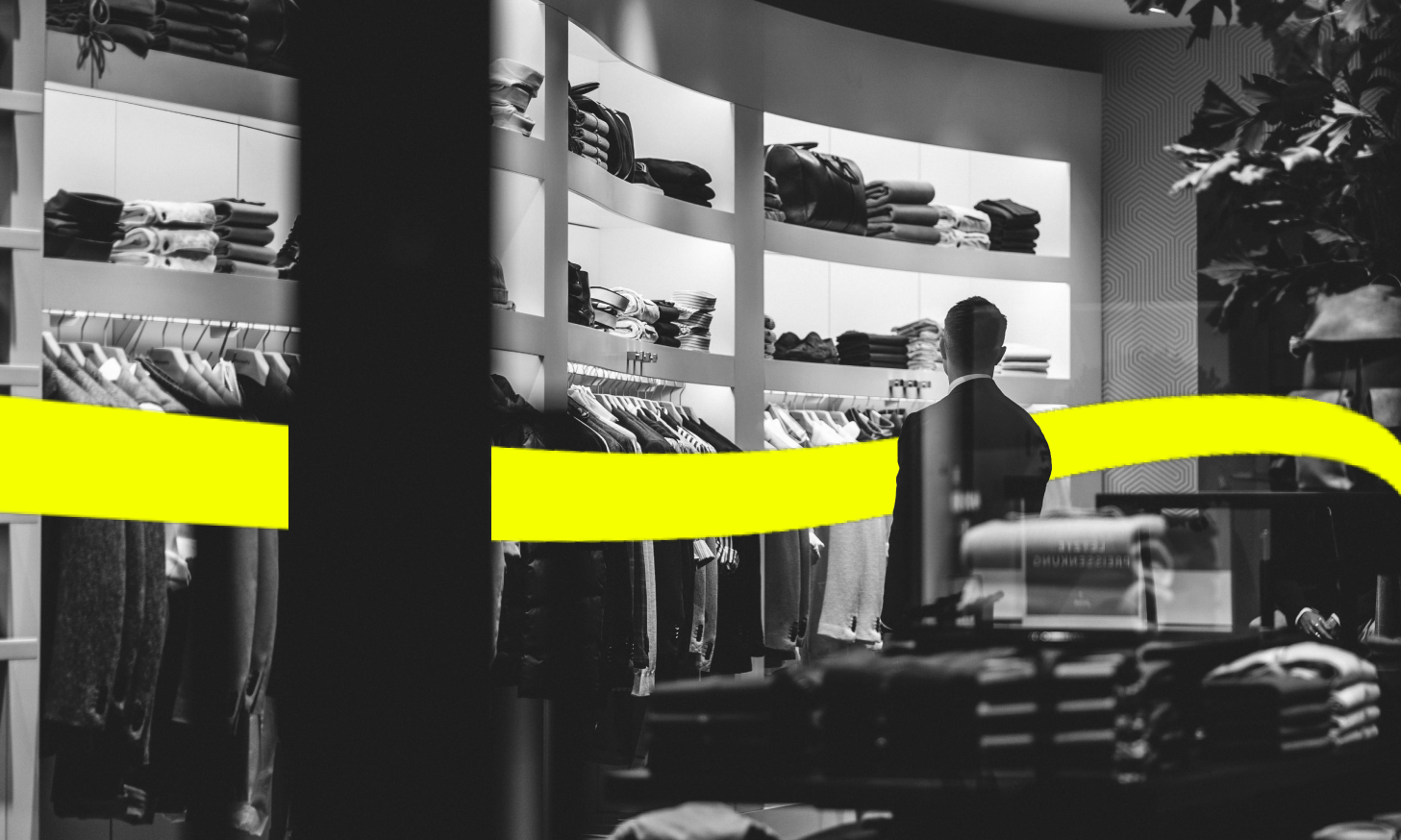T&H CX > Insights > Customer Experience Insights > Unlocking customer v...
Today's edition is the third part of our latest whitepaper. If you like what you read, you can download the full whitepaper for free here.
So far we’ve established that in order to build meaningful relationships with customers, brands need to understand two things:
Armed with this insight and knowledge, the next question is how to focus your efforts to extract the most value from your high-value customers? A widely used and accepted metric that can guide your approach here is Customer Lifetime Value (CLV).
As the name suggests, this metric represents the total value that a customer represents to a business over the course of their relationship. These relationships can be significantly different based on the product or service you offer - consider how a customer may engage with a high-end-luxury brand vs an FMCG brand - but the concept of considering the end-to-end relationship that you can build over time remains constant.
Understandably a lot of CLV formulas are heavily skewed towards commercial value and profitability however a key part of assessing your likelihood of retaining a customer over the maximum potential time period is their engagement with your brand. We addressed this topic in the last section and it provides an additional layer with which businesses can more accurately understand a customer’s potential ‘stickiness’ and loyalty.
Establishing a robust method for determining CLV for your business will allow you to better utilise resources, budget and capabilities to target the customers that bring your brand the most value.
What follows are some more detailed examples showing how CLV can be applied and benefited from in different scenarios.
CLV helps increase the efficiency of a brand acquiring customers by providing an estimate of the revenue a customer is expected to generate for a company over their lifetime. This estimate can then inform a company’s customer acquisition strategy, allowing them to understand where to focus their resources on acquiring customers with high CLV, and where to prioritise customer retention efforts.
Starbucks leveraged CLV to understand where to invest in acquisition and where to invest in improving customer satisfaction. Knowing that both a 5% increase in customer satisfaction could lead to a 25% increase in CLV, and that acquiring new customers often costs six to seven times more than retaining existing customers - Starbucks was able to invest their acquisition resources more effectively. By leveraging a CLV approach Starbucks customers spend over $15,000 over the course of their lifetime.
By optimising their customer acquisition strategy based on CLV, a company can increase the overall efficiency of their marketing and sales efforts.
CLV can be used to inform product development and service improvements by prioritising the needs and preferences of high-value customers.
Bonobos is an online men’s fashion retailer who realised that their highest-value customers wanted the option of trying the clothes on in-store prior to purchase. As a result, Bonobos launched ‘guide-stores’ where customers could try the clothes before buying them online, the additional service improvement led to a 20% uplift in the CLV of high-value customers.
By focusing on the needs and preferences of its most valuable customers, a company can create specific moments that are more appealing to these customers, generating higher CLV and leading to overall improvements in the company’s bottom line.
Maximising customer lifetime value is a key strategy for brands seeking sustainable growth. By focusing on delivering exceptional experiences at each stage of the customer journey, companies can increase customer loyalty, reduce churn, and ultimately drive long-term revenue growth.
Famous shoe brand Crocs used a CLV approach to help reduce churn rates and build revenue over time. They launched a two-pronged approach, firstly by creating a ‘no discount’ experience across their website, email and display channels for customers with the lowest price sensitivity. And secondly by targeting customers most likely to churn as a result of these changes with specific promotional offers. As a result, they were able to improve their revenue over time by 2X and 10X respectively.
This business-centric approach is essential for capturing the full value of customer relationships, as it enables companies to better understand and anticipate customer needs, preferences, and behaviours. When executed effectively, customer lifetime value management can help brands to achieve not only financial success but also greater customer satisfaction and advocacy, setting the stage for ongoing growth and profitability.
Not only is customer lifetime value an important business metric for driving sustainable long-term growth, but it also plays a huge role in a brand’s ability to identify and unlock the power of customer loyalty.
By increasing CLV, businesses can increase customer loyalty by consistently making customers feel valued through positive customer experiences that lead to repeat purchases and recommendations to others.
Herein lies the next business challenge - harnessing the power of customer loyalty. The first step is simply realising that this challenge requires a whole-of-business approach and that customer loyalty is an input not an output.
Founding Director of Tortoise & Hare, Oliver is passionate about helping customer-first brands build valuable relationships. A senior specialist across our strategic and brand services, he is passionate about developing practical solutions that drive growth, engagement and loyalty.
Founding Director of Tortoise & Hare, Oliver is passionate about helping customer-first brands build valuable relationships. A senior specialist across our strategic and brand services, he is p...

Keep up to speed with insights from the frontier of customer marketing in Australia.

Explore how UX design extends far beyond aesthetics to encapsulate an entire human-centered design philosophy which optimises the user experience.

When done right, customer loyalty programs play a critical role in nurturing customer loyalty and growing customer lifetime value for the business.

Discover the role of Customer Experience (CX) in 2025, its strategic importance, technological integration, and the emerging trends shaping business success.
If you’re looking to build engagement at every touchpoint of your customer’s journey, we’d like to help.